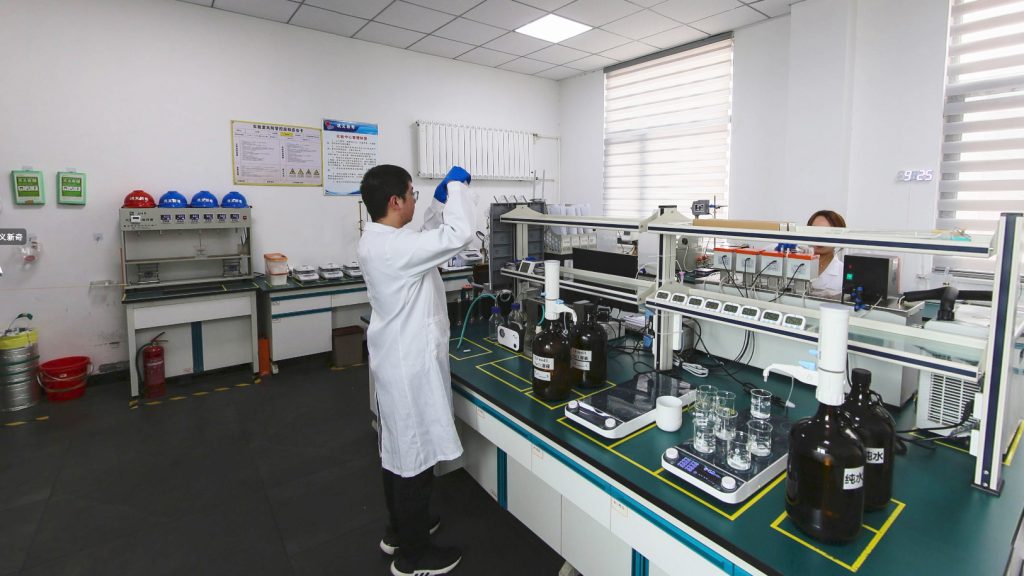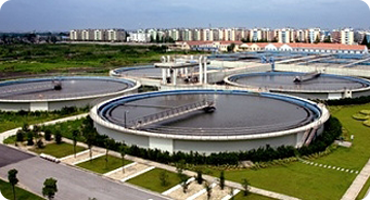Polyacrylamide is a polymer compound with strong adsorption performance and precipitation ability. It is widely used in water treatment, oil field development, pulp and paper, mineral processing and other fields. The production of polyacrylamide requires the use of some raw materials. This article will introduce the impact of polyacrylamide on the environment.
Wastewater treatment refers to the removal of harmful substances, pollutants and impurities from wastewater so that it meets national and local standards so that it can be reused for agricultural irrigation, industrial water or directly discharged into natural water bodies. Polyacrylamide is widely used in sewage treatment, mainly through its adsorption performance and precipitation ability to accelerate the purification and filtration of sewage.
Suspended substances (such as sediment and suspended particles) in sewage can pollute water quality, reduce water transparency, and affect the ecological environment and use effects of water bodies. Polyacrylamide can capture and aggregate suspended substances in sewage through adsorption to form large particles for easy filtration and removal. At the same time, polyacrylamide also has sedimentation ability, which can accelerate the precipitation of suspended substances in sewage and achieve better purification effects.
When using polyacrylamide to treat sewage, attention needs to be paid to controlling the dosage and treatment methods to avoid secondary pollution to the environment:
First of all, during the production process of polyacrylamide, some harmful waste gas and wastewater will be produced. These waste gas and wastewater may contain some toxic substances and carcinogens, causing harm to the environment and human health. Therefore, when producing polyacrylamide, corresponding measures need to be taken to reduce the emission of waste gas and wastewater and protect the environment and human health.
Secondly, if polyacrylamide is used improperly or in excessive amounts during the treatment of sewage, excess polyacrylamide and treated sludge will be produced, causing pollution to the environment. These excess substances may enter water bodies and soil, causing impacts on the ecological environment and human health. Therefore, when using polyacrylamide to treat sewage, it is necessary to control the dosage and treatment methods to avoid the generation of excess substances and reduce the impact on the environment.
In addition, polyacrylamide also has certain ecological risks. During the treatment process, if polyacrylamide is not completely degraded, it may remain in the water body, causing harm to aquatic organisms and affecting the balance and stability of the aquatic ecosystem. Therefore, when using polyacrylamide to treat sewage, corresponding measures need to be taken to protect the survival and reproduction of aquatic organisms.
In short, polyacrylamide has important application value in sewage treatment, but its use may also have certain impacts on the environment. Therefore, when using polyacrylamide to treat sewage, it is necessary to control the dosage and treatment methods to reduce the impact on the environment, and take corresponding measures to protect the ecological environment and human health.


